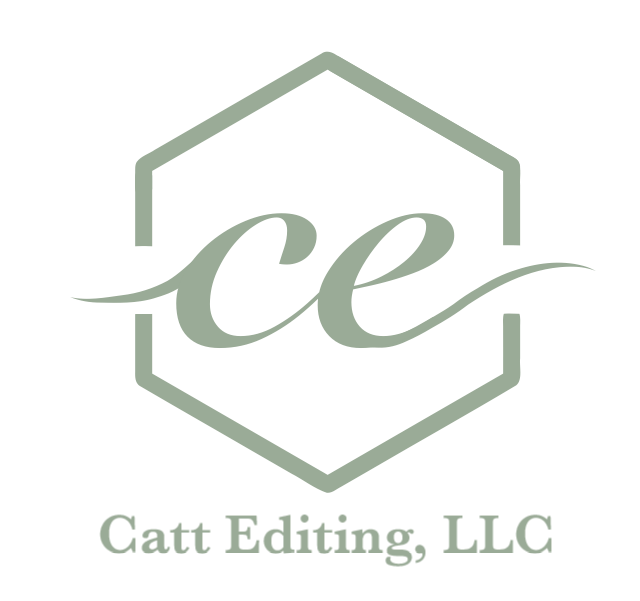Tricky Punctuation: Semicolon
Proper punctuation is really important! The punctuation mark you use can totally change the meaning of the sentence.
Today we will be learning about a lesser-known, obscure punctuation mark and how to use it in CMOS style. Many of these rules carry over to other style guides, but keep in mind that this was written with CMOS in mind. (If you don’t know what I just said, check out this post about style guides.)
Semicolon ;
A semicolon is like a bigger, better comma. It has two jobs only.
1. It connects two independent clauses. Just like when you connect two independent clauses with a comma and a conjunction, a semicolon can do the same without a conjunction. Example,
I am eating a snack, and it is yummy. OR I am eating a snack; it is yummy. (Both are correct.)
Semicolons are often used with however, that is, or indeed to connect two sentences. Use it the same way—put the semicolon between the two sentences and a comma after this connecting word. Example,
I am eating a snack; however, it is not yummy.
That’s it. It’s really not that hard when it’s broken down like this. It looks scary, but it’s not. (Or It looks scary; it’s not.)
2. It separates items in lists with long items. A good example of this is when you’re listing places. Example,
The meetings are scheduled in Phoenix, Arizona; Denver, Colorado; Cincinnati, Ohio; Seattle, Washington; and Dallas, Texas.
This example would be really confusing if it only had commas. Easily explained, if there are commas within list items, use semicolons to distinguish between list items. It’s like a stronger comma.
Do you feel comfortable using semicolons now? It takes a while for it to click; when it does, you’ll be able to use them all the time!
I hope you learned a lot from this post! If you have more questions about any of these topics, feel free to email me! If you’re looking for more professional help on punctuation, you can hire me as an editor or proofreader! Contact me here! Happy writing!
Now that you know how to use semicolons, practice, practice, practice. The more you use it, the more comfortable you get with using it properly. To learn about em dashes, parentheses, or colons, click on the words!
To get updates about more free tips and advice from experts (like this), make sure to subscribe here!
